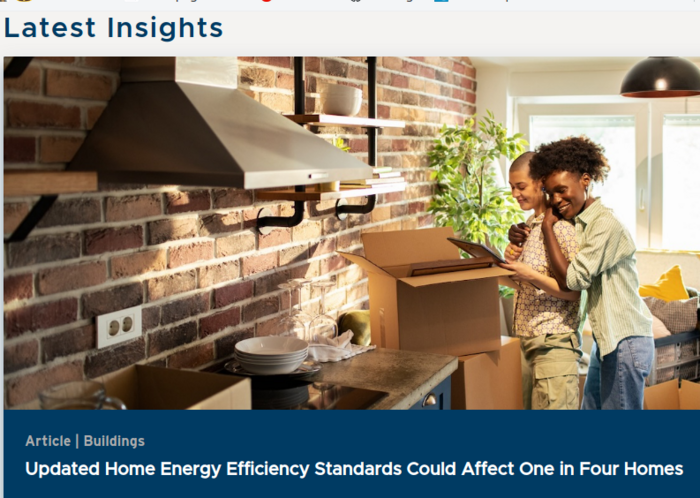via rmi.org
On April 24, 2024, the Department of Energy finalized a rule that will accelerate the electrification of new federal buildings and major renovations and reduce fossil fuel pollution. The Clean Energy for Federal Buildings rule requires a 90% reduction in direct fossil fuel consumption during the next five years and the elimination of burning fossil fuels on-site by 2030.
By mid century, the new rule will deliver $134 million in savings and cut carbon emissions by roughly 2 million metric tons, the DOE estimates. It follows a federal Building Performance Standard announced in December 2022, which will enhance energy efficiency and drive down carbon emissions from the federal government’s over 300,000 existing buildings, managed by the General Services Administrations (GSA).
The federal standards are major milestones in decarbonizing US buildings. And another big prize awaits: similar shifts at thousands of existing state and local buildings dotting the US. As the building sector saw with LEED, government embrace of sustainable construction standards can reshape the market for all large buildings.
Don’t stop at federal buildings
Across the United States, about one-sixth of building square footage (some 20 million square feet) is owned by state and local governments. With control of this massive portfolio, governments can shift “business as usual” practices to align with the country’s climate goals through their purchasing power. According to RMI analysis, decarbonizing state and local government buildings would eliminate six percent of building greenhouse gas (GHG) emissions — approximately 38.6 million metric tons per year, equivalent to the climate-warming emissions from all private and public US office buildings.

